5 Russian Foods That May Get Lost In Translation Posted by Maria on May 2, 2017 in Uncategorized
You might have read our previous articles about Russian food or maybe even tried or cooked some of that food yourself. A person unfamiliar with Russian food, though, may be tricked or misguided by the translated names of Russian foods into imagining a food item quite different from how it is made in Russia.
Каша
This is one of the most common foods in Russia (and its neighboring countries). Каша is basically a grain boiled in hot water or milk. In various contexts, it may be translated as hot cereal, porridge, or kasha. What’s important is that каша is the name for a whole range of foods and not only, say, hot oats or hot buckwheat. This category includes but is not limited to:
- oats (овсяная каша, овсянка, also known as Геркулес), arguably the most popular kind
- rice (рисовая каша), a less sweet cousin of the Spanish arroz con leche
- buckwheat (гречневая каша, colloquially known as гречка)
- semolina (манная каша)
- barley (перловая каша if whole grain, ячневая каша if ground)
- millet (пшённая каша)
- peas (гороховая каша)
- corn (кукурузная каша)
- wheat (пшеничная каша)
Каша is a mainstay of Russian breakfasts, although certain kinds, like buckwheat or barley, may be eaten as a side dish later in the day, too.
Суп
You would not be wrong if you thought суп was none other than soup. What’s important to remember about Russian soups, though, is that they tend to be chunkier and contain multiple non-blended ingredients. Some of the most popular soups are:
A blended, cream soup is called суп-пюре.
Бутерброд
Бутерброд is the Russian word for a sandwich. Despite the meaning of this word in German, бутерброд does not need to have butter. It is basically an open-face sandwich, normally served on a flavorful, untoasted slice of bread. Traditionally, a sandwich would only have one or two savory toppings, such as cheese (сыр), sausage/meat (колбаса), butter (масло), caviar (икра), sprats (шпроты), or smoked salmon (сёмга). Multi-layered sandwiches are uncommon.
Блины
This is another staple of Russian diet. Блины are similar to pancakes, but they are much thinner and closer to crêpes. As I just learned from Wikipedia, what is called blini in English was traditionally made with buckwheat flour. In my family, I believe, wheat flour was used. Век живи — век учись! (Live and learn!) Блины may be dipped in jam or honey or stuffed with fillings ranging from ground meat (фарш) to cottage cheese (творог) to mushrooms (грибы), etc.
Салат
Finally, let’s talk about Russian salads. While салат (a salad) is not an exclusively Russian dish, Russian salads are certainly different from the variations you may be familiar with. Yes, there are the famous savory salads like Оливье (Olivier) or мимоза. However, there are also plenty of fresh vegetable salads.
What sets these salads apart is that they don’t normally use lettuce. There are multiple ways of making a “typical” Russian salad, but it usually includes some combination of the following ingredients:
- огурцы (cucumbers)
- помидоры (tomatoes)
- перец (peppers)
- укроп (dill)
- петрушка (parsley)
- зелёный лук (green onions, also known by many other names)
Оther ingredients may include редис (radishes) and морковь (carrots). Complex dressings are unusual; most people will use oil (растительное масло), salt (соль), and pepper (перец).
Have you tried any of these foods? How did you like them?

Build vocabulary, practice pronunciation, and more with Transparent Language Online. Available anytime, anywhere, on any device.



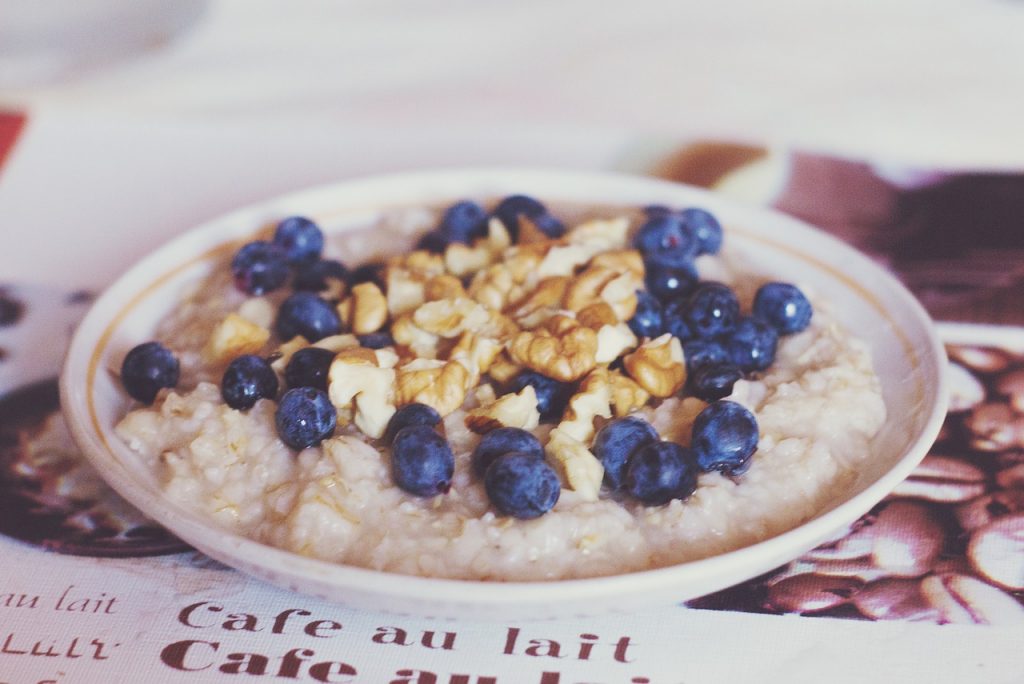
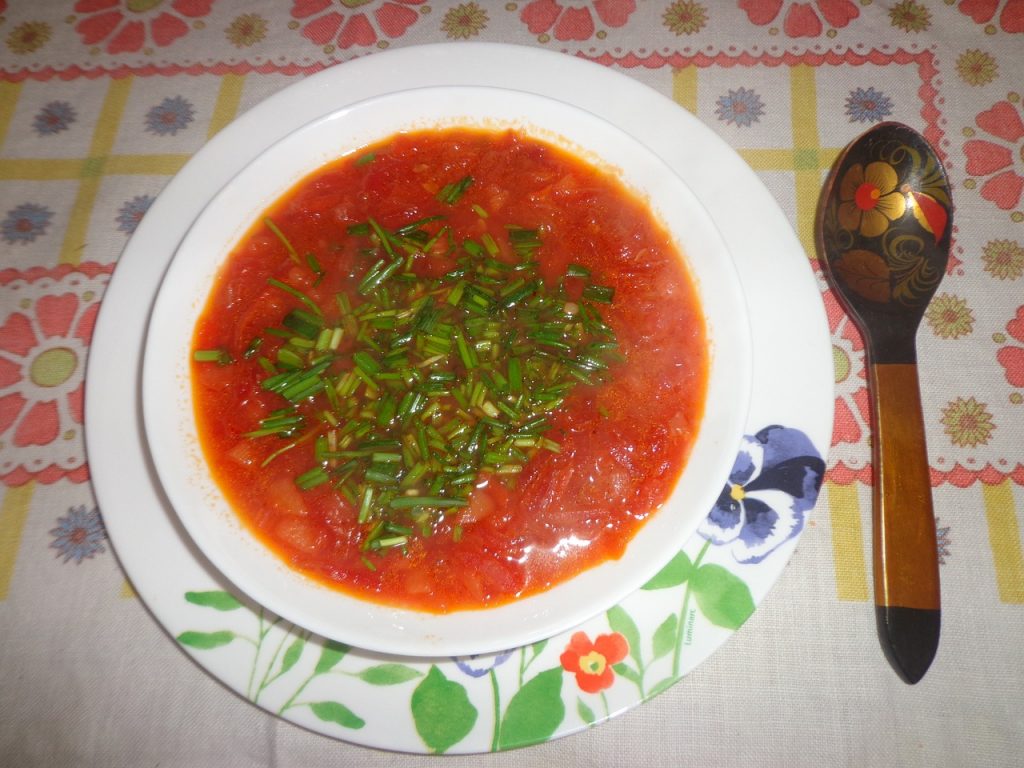
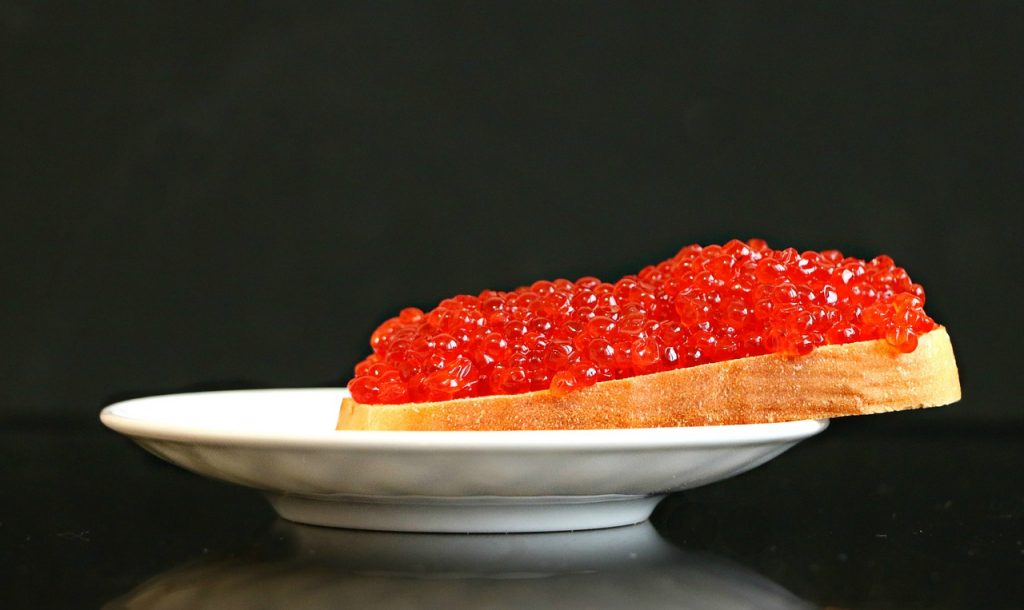
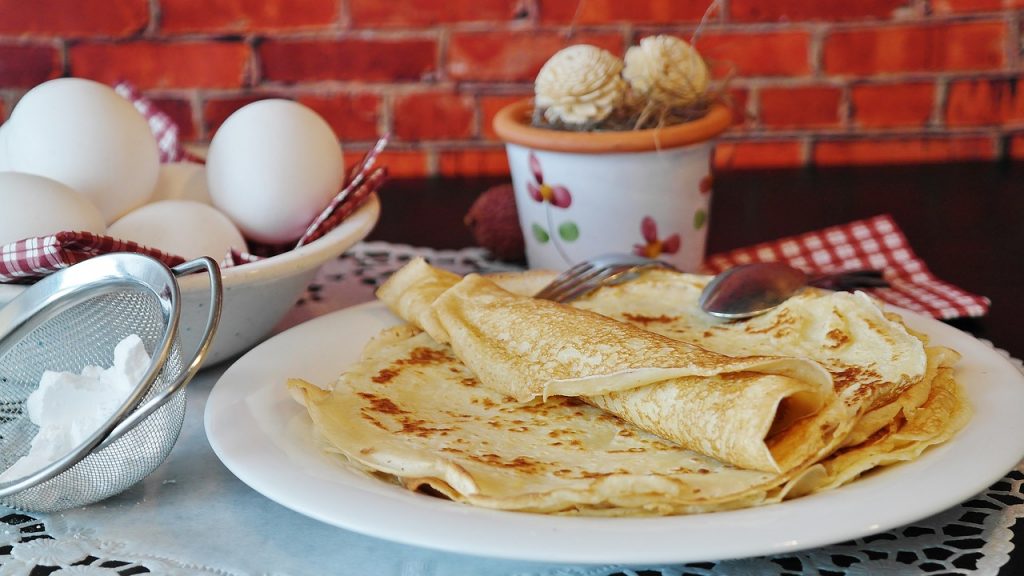
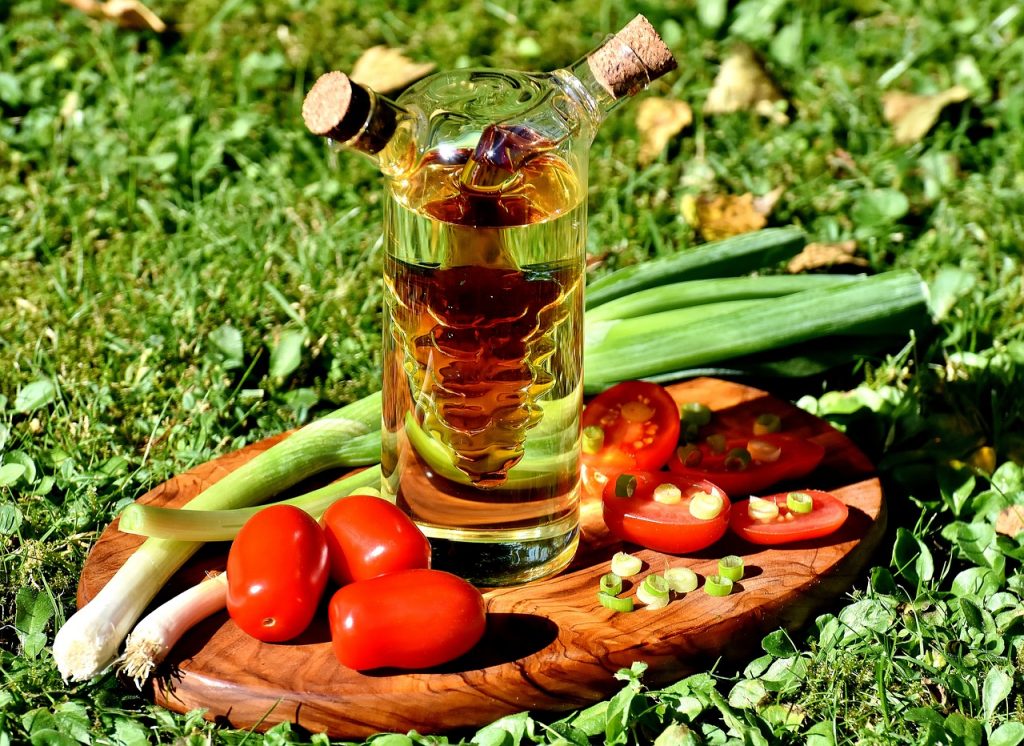

Comments:
Pavel Gromnic:
It’s so nice to hear about and see the customs and daily life of Russia. So like our own in the US, but so different and refreshing. My best wishes for all Russian people. Someday we will be better friends,
Maria:
@Pavel Gromnic Thank you, Pavel. Russian food gets a bad rap of all potatoes and mayo, whereas, in fact, there are quite a few fresh, healthy dishes.
Mike Warren:
Is it true that бутерброд is used like our Murphy’s Law? (i.e., what can go wrong will go wrong — the bread always falls face down). If so, how is it used in conversation? The photo with red caviar would seem to be an excellent example of what could go wrong.
Maria:
@Mike Warren Mike, yes — thank you for mentioning this! Бутерброд всегда падает маслом вниз (“The sandwich always falls butter down”).